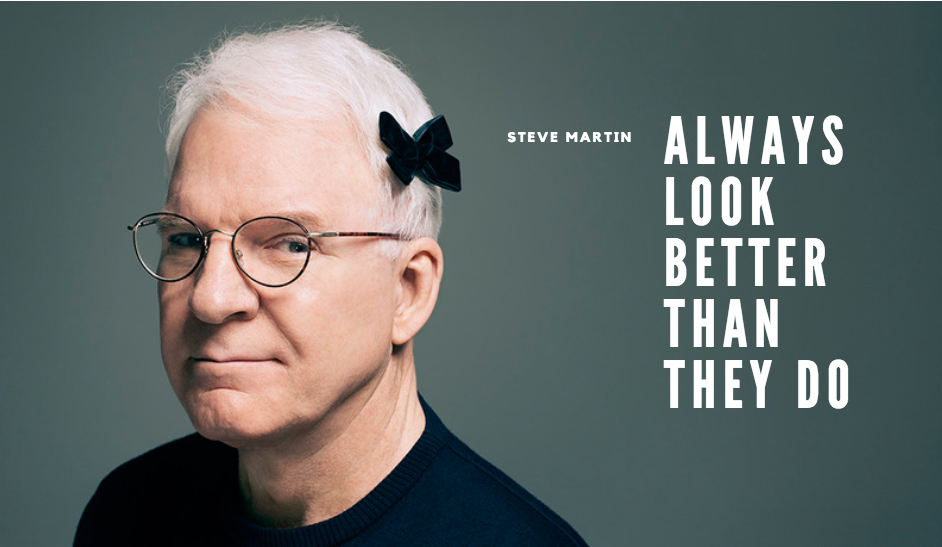What to wear to a sales meeting may seem like a really shallow topic.
I hate to break it to you, but…
What you wear to any meeting says a lot about you.
Your clothes and how you present yourself establish who you are in the customer’s eyes.
Like it or not, your appearance conveys information.
You are sharing information about who you are, what you care about, and your level of pride — in yourself and in your work — by how you physically show up to the meeting.
The person you are meeting with will make an immediate judgment about you and what you’re offering, based partly on what you’re wearing.
How YOU feel is affected by what you’re wearing as well. When you are dressed for success, you’ll feel more confident, and you’ll appear more confident.
Not convinced? How ‘bout these stats:
- 55% of workers around the globe believe someone wearing a more prescribed workplace or business attire is more productive in their job than someone wearing casual work clothes.
- 66% of workers say senior managers that run an organization should always be more dressed up than their employees.
- In a psychological study from Michael W. Kraus, an assistant professor of organizational behavior at the Yale School of Management, professionally dressed participants were more successful and confident in negotiations.
This article isn’t meant to shame you, or show how snooty the author is, or just pad out an extra chapter of my book ;)
Rather, it’s meant to encourage you to spend a bit of time before that next sales meeting thinking about what kind of impact you want to make, and how you’ll dress for that part.
Not sure where to start? Here's some advice based on my own experience.
Dress for Your Industry
An easy place for you to start thinking about your personal dress code is by looking within your industry and your potential client’s industry.
Some industries — finance and real estate come to mind — have pretty well-established dress codes. Your best bet is to fall in line with the “collective costume.” Otherwise, you may stand out in the meeting...and not in a good way.
Or, within industries, certain roles might have common appearance preferences.
For example, I sell mostly to marketers and communications folk across many industries. There might not be an “industry norm” in this case, but marketers and comms types do tend to dress a certain way. They tend to be quite stylish — in fact, they tend to be more interested in style than are many other groups.

If I pulled a Mark Zuckerberg and showed up in a hoodie sweatshirt and jeans…well, okay, I am a software founder, so I might get away with it. But as a salesperson, I’d have to work a lot harder to establish my credibility. That hoodie wouldn’t be telling the right story to my audience. Even a $500 hoodie.
When in doubt, dress like your customer.
That’s an easy rule of thumb to remember, and it really does work wonders for your mindset, your authority, and ultimately how you and your product or service are perceived.
No Matter What, and No Matter Where, Bring Your A-Game
Where you are holding the sales meeting will impact the definition of “appropriate dress” as well.
I’m going to dress differently for a boardroom in Chicago than I would for a meeting at a cafe in Wellington.
Or, if you’re holding the sales meeting in your own office and you really want your customer to get a feel for your company culture, you might take your company’s standard attire and just dress it up a bit more.
In a Wall Street Journal article Annie Brumbaugh, founder of personal-wardrobe consulting firm AB Wardrobe Works, recommended the following: “Put it up a notch, but not such a big notch that you’re going to make everyone else in the office uncomfortable. Say you’re wearing pants and a top or a skirt and a top, [the jacket] is what gives you some finish and authority.”
How Steve Martin Dressed the Part
My personal position on style (and many other life choices, for that matter) comes from comedian Steve Martin. In his early career, fellow comedian Fats Johnson gave him this advice: Always look better than they do.

I don’t take this to mean that your clothes have to be more expensive or more fashionable than your prospects or customers. Rather, by choosing to dress up for a meeting, and choosing to look at least as professional as the person you’re meeting with, you’ll give yourself more authority and confidence.
Between our last post on what to expect in your first sales meeting, and this post on how to dress for success, you’re now both mentally and physically prepared to meet with a prospect at a large or enterprise company. Our next post is going to cover how to run that meeting like you own it.
Read the next article in the Small Fish, Big Fish series: How to Run a Meeting That Impresses the Pants off a Prospect
Read past articles in the Small Fish, Big Fish series:
- What's the big deal about working with big companies?
- 3 Steps to Choose and Qualify Your Large and Enterprise Leads
- How to Land the First Meeting With Your Enterprise Lead
- What to Expect in Your First Sales Meeting With a Big Lead (Surprise! It’s Not a Sale)
Or get the whole series as a free e-book, Small Fish, Big Fish: A small-business guide to selling to large and enterprise companies.